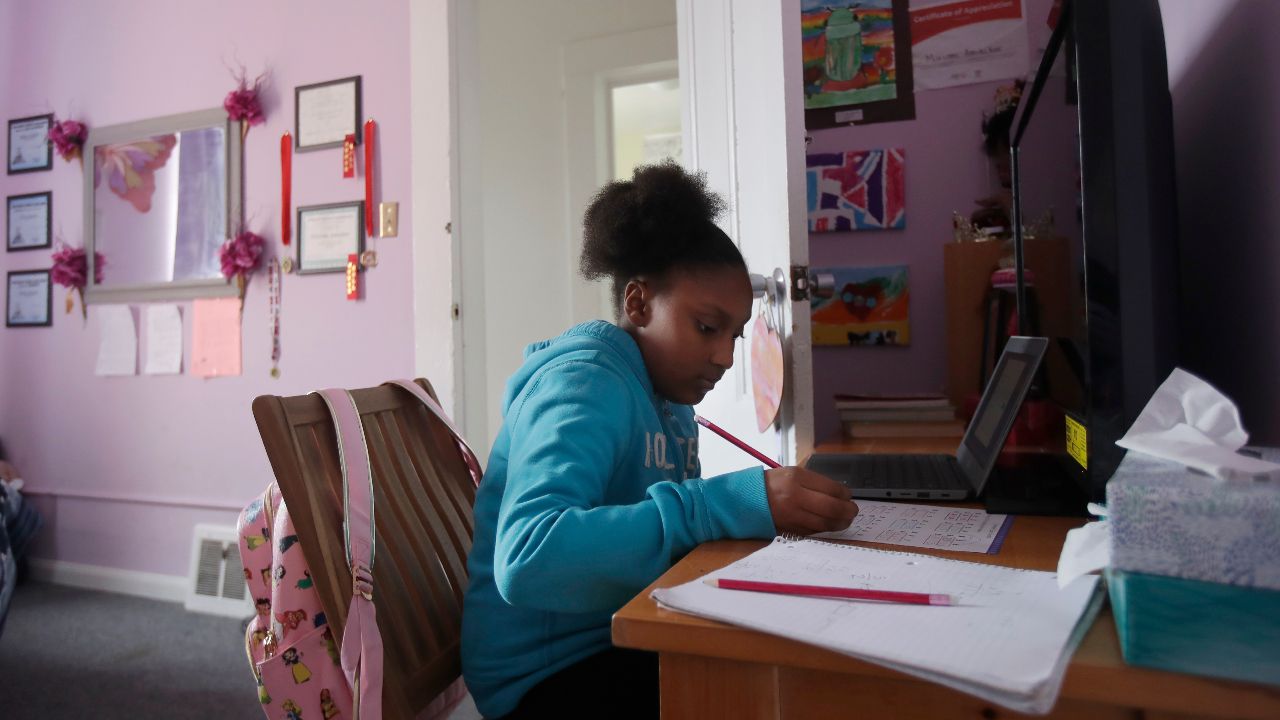What have the challenges been and how do we keep students engaged in a difficult remote learning climate?

Remote learning is a role that parents and caregivers were thrown into with little to no warning or ways of preparing. There have been some success and some failure with the process. A big determining factor of whether or not parents have had any success with their children through remote learning plays a lot into the ways their children learn best. Some kids are thriving in remote learning and others work better in a classroom setting where they can be more social. Regardless of whether children are doing well in remote learning is the fact that some of the problems that have come up have been ones that are completely out of their control. Many parents and students in low-income families worried about how they would keep up without any access to the internet or laptops, computers and tablets. Some schools, including CPS, sent out tablets and provided hard copies to students who were unable to get their hands on internet access. Comcast even offered up free Wi-Fi to students with no internet access. Despite all this though, there were still many problems with remote learning that would cause many people to say that it was unsuccessful.
Online Training
Many teachers are trained to teach in the classrooms so transferring their teaching methods to online zoom calls hasn’t necessarily been easy. Some teaching methods may not be as successful online as they would be in person. It’s also harder for teachers to get students to engage and participate. It also makes it harder on the teacher to come up with homework assignments and tests/quizzes and actually ensure that the students are retaining the information.
Solution: Authoring tools have been very helpful for teachers because they provide them with software to create their own e-learning programs. Click here for a list of helpful authoring tools.
Technical Issues
When dealing with the internet it’s inevitable that problems will arise such as no Wi-Fi, bad internet connections, problems with apps and software and simply people not knowing how to work certain things. These things can be a headache on all parties involved (parents, students and teachers) and interrupt important learning lessons.
Solution: The biggest way to prevent any technical problems is to login to class early to ensure that you have a stable internet connection and your logins/passwords are working. It might also be helpful for schools to have technical support people on standby to help anyone that may be experiencing technical difficulties.
No One-on-One Time For Students
Some students require extra attention and may need to have a one-on-one with teachers to ask questions and get additional help. That is not entirely easy to do through e-learning, which may leave some students falling behind in the classrooms.
Solution: For students who need help during the e-learning session let them know how they can ask questions during class, i.e. using the “hand up” function or using the chat feature. It might also be helpful to have another person on standby to help answer the questions of students that need additional help. Aside from that teachers can elect to hold individual calls with a student if they need more help.
Even with addressing the problems above, remote learning still had some problems that were hard to solve. For starters many students were disinterested and failed to show up to class; and with parents too busy to keep track of their kids’ work and teachers not able to get in contact with them many students fell behind. Some districts even stopped requiring students to do any work at all or told them that no one wouldn’t fail either way, which in turn causes students to stop caring. Many teachers also were putting in minimal effort with their teaching methods hopping on calls for only a few minutes leaving parents to deal with the fallout of how to teach their children in something they weren’t trained for.
In the future, in order for educators to keep children engaged during remote learning the following needs to happen:
- Allow students to feel like they are actually learning something rather than just doing busy work
- More strategy and planning
- Equal opportunity across the board for low-income families and families of color
- Better support for students without internet access
- Better support for students with disabilities
- Unique and creative ways for students to learn and socialize besides sitting in front of the screen all day
- More enforcement on making sure students are actually attending classes, engaging, learning and getting the help they need
- More communication and effort between teachers and parents
Sources:
https://www.wsj.com/articles/schools-coronavirus-remote-learning-lockdown-tech-11591375078
